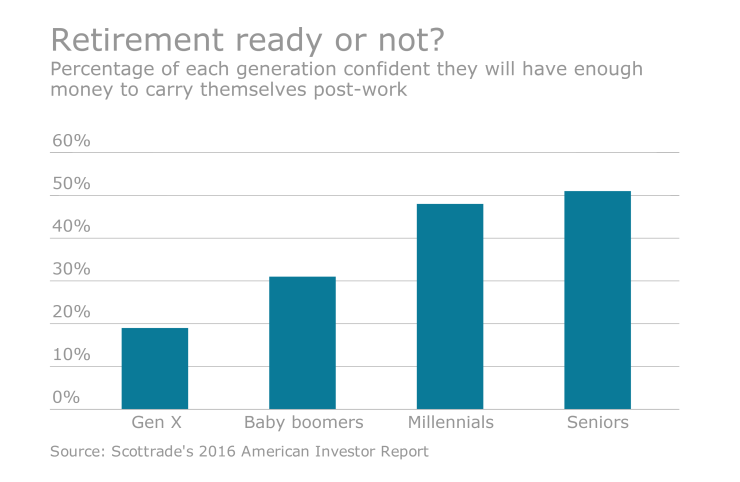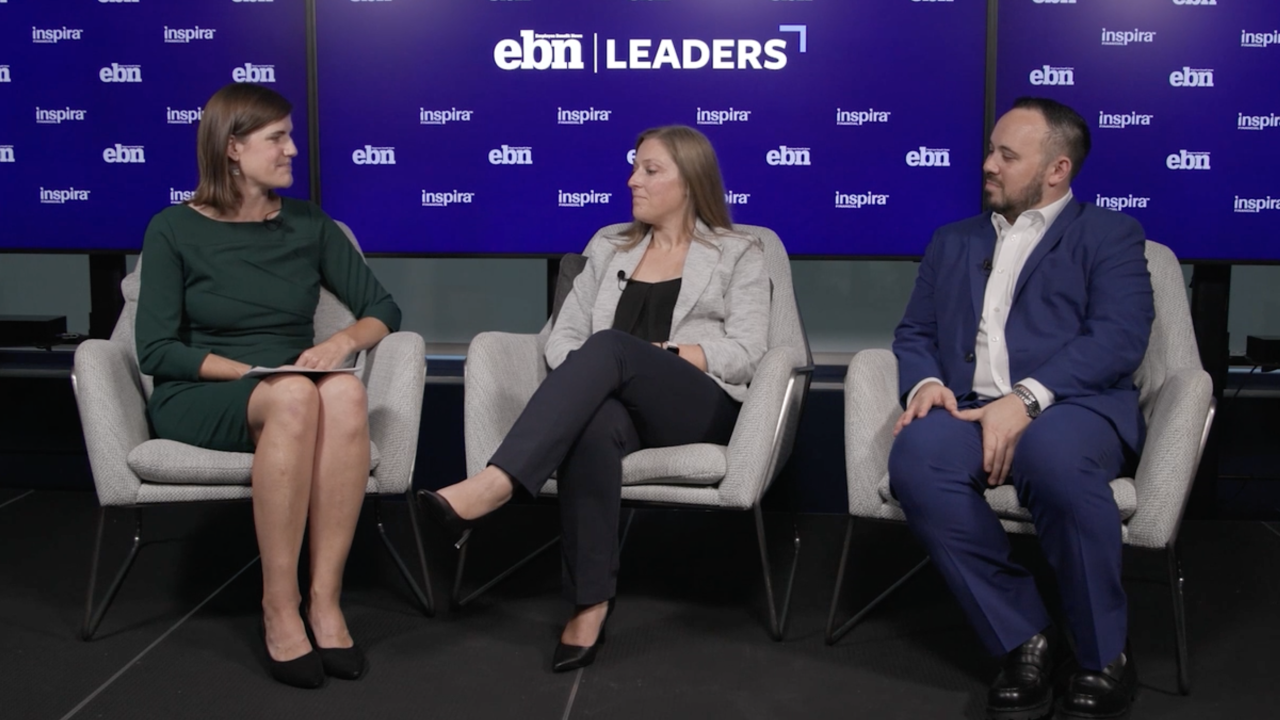It’s ironic that, as we observe another National Save for Retirement Week, the retirement system we have in this country isn’t really a “system” at all.
A system implies multiple parts that seamlessly work together to complete processes leading to a goal. The U.S. retirement system has all the parts it needs to help plan sponsors and participants achieve their objectives — but the parts are missing the connections they need to run smoothly and operate at their full potential. In other words, our retirement system has a lot of stations, but no trains to connect them.

One sure-fire path for plan participants to reach their goal of a financially secure retirement is to keep their savings invested in the retirement system throughout their working lives. As it is not practical to expect participants to spend their entire working careers at one company with a 401(k) plan, this involves a two-pronged approach whenever participants change jobs — never cashing out, and rolling savings into current-employer plans. Both of these tactics benefit sponsors as well as participants, but the lack of train connections among the various stations of the retirement system (frictionless portability) ensures that too many participants continue to cash out and/or strand their retirement accounts upon changing jobs.
See also:
The process of completing a roll-in is so complex, time-consuming and expensive that participants, if not offered assistance from sponsors and record-keepers, actually find it more convenient to cash out or strand their hard-earned savings rather than consolidate them into their current-employer plans. Stretching our metaphor, it’s like asking passengers to walk between train stations, rather than providing them with a faster means of transportation.
See also:
A study of mobile workforce behaviors conducted last year by Boston Research Technologies found that the roll-in process lasted over two months from beginning to end for 27% of participants who had completed one. According to the study, participant expectations were that completing a roll-in would require them to spend 19 hours of personal time, on average. Respondents also indicated that their time is worth a lot — 36% of participants said they value the personal time they would have to dedicate to a roll-in at between $100 and $500 (and 6% valued it at more than $5,000).
The study found that 32.8% of participants left their savings in their prior-employer plans when changing jobs, and after looking at the DIY plan-to-plan portability diagram; can you blame them?
It doesn’t have to be this way. The Plan Sponsor Council of America’s most recent industry survey, published this past January, reported that 97.6% of defined contribution plans can accept roll-ins of account balances from other plans. Most participants also recognize that rolling in is a better option than cashing out or stranding accounts when changing jobs — the Boston Research Technologies study found that 93% of participants view roll-in assistance as either “an excellent benefit” or “a good benefit” compared to others. Furthermore, 29% of participants would be “very likely” and 34% would be “somewhat likely” to pay any cost if their employer offered a roll-in service in which a specialist would handle nearly all the work.
And yet, in spite of these facts, approximately $74 billion in assets leak out of the retirement system every year, according to the U.S. Government Accountability Office, and 89% of this leakage is attributed to cash-outs. The tracks are there to connect the various stations in the U.S. retirement system — we just need to provide the trains. If most of the plan sponsors and record-keepers implemented the necessary measures to facilitate seamless plan-to-plan portability, including auto portability for accounts with less than $5,000, a far greater number of participants could transport their retirement savings with them from job to job and avoid cashing out, which would significantly increase plans’ average account balances and other key metrics.
See also:
The Auto Portability Simulation (APS) that we developed along with Dr. Ricki Ingalls of Texas State University shows what can happen if the U.S. retirement system had high-speed trains to connect the various plans, record-keepers and other stations. Under the primary scenario of the APS, in which a nationwide framework enabling auto portability is enacted over the course of a decade and remains in effect for a generation, cash-outs of 401(k) accounts with balances below $5,000 would decrease by two-thirds. Under this scenario, more than $125 billion in new retirement savings would be generated for the present and next generation of plan participants — and the amount of participants who roll their small-balance 401(k) accounts into their new-employer plans would increase from 200,000 per year today to over 3 million annually.
As we mark this year’s National Save for Retirement Week, plan sponsors and record-keepers should consider what they can do to power the portability trains that can help all U.S. retirement system stakeholders improve their outcomes.





